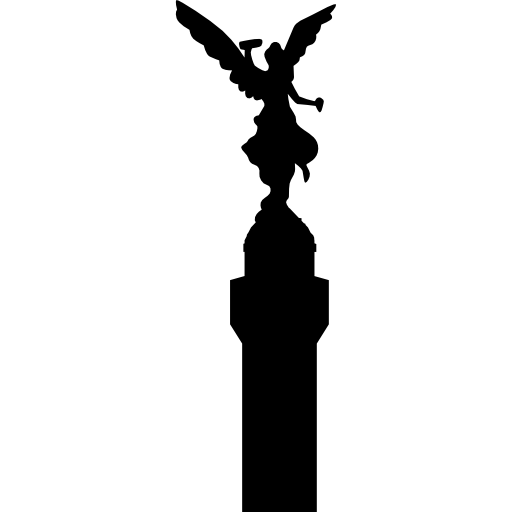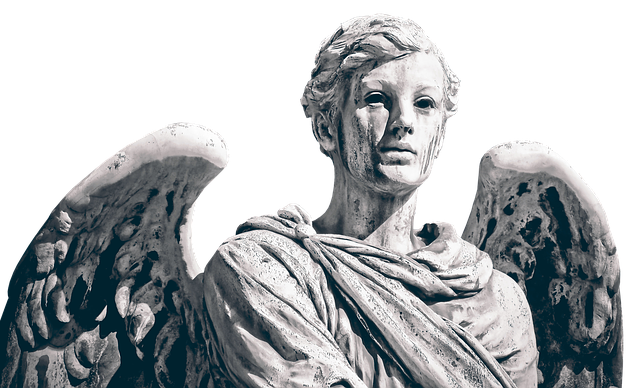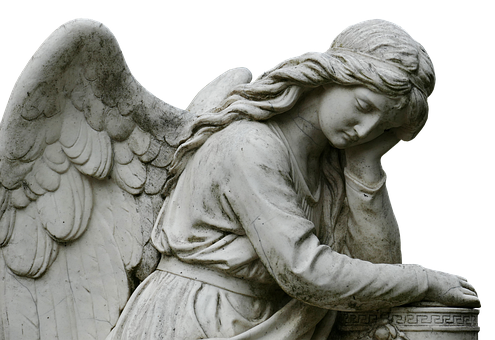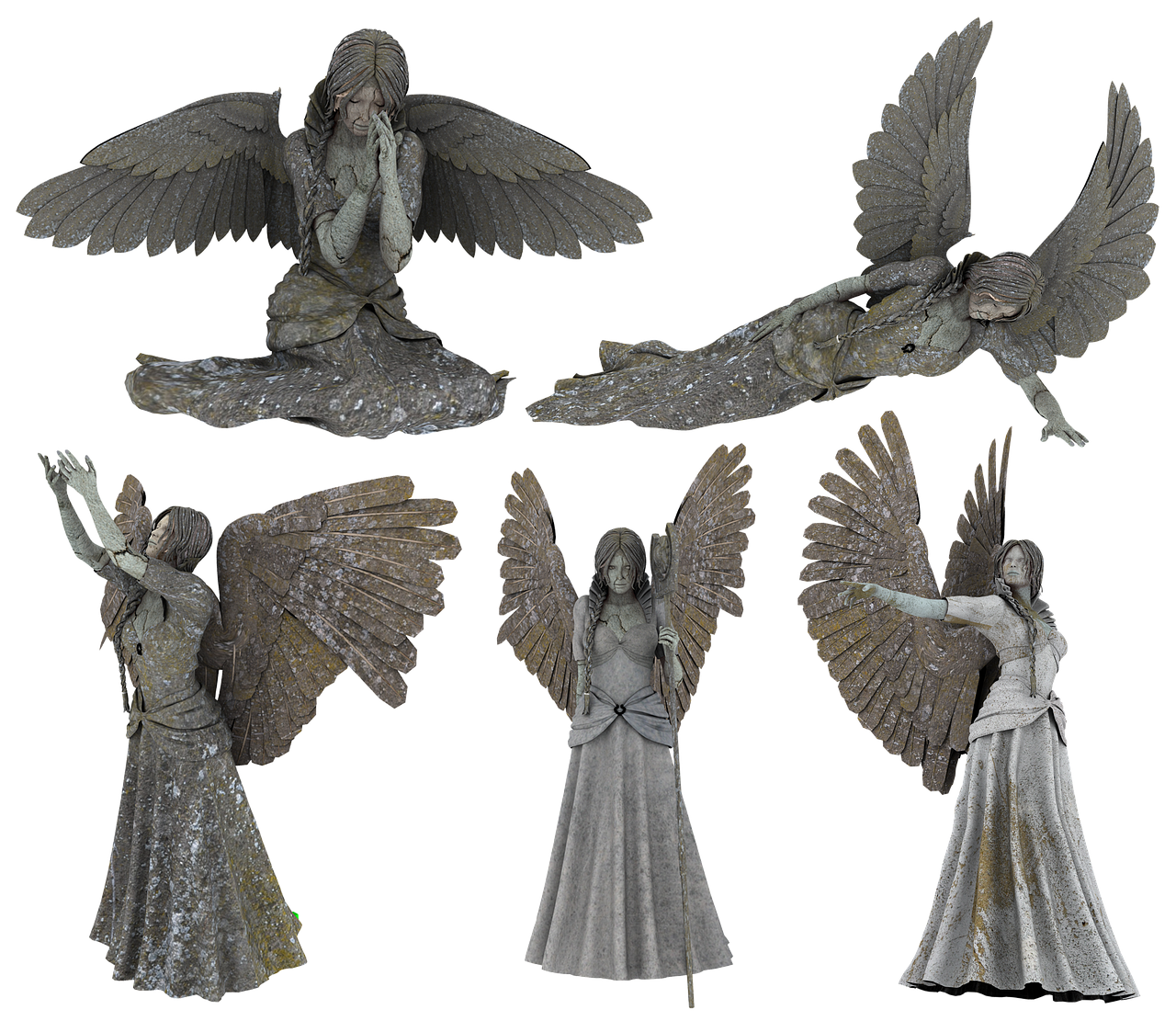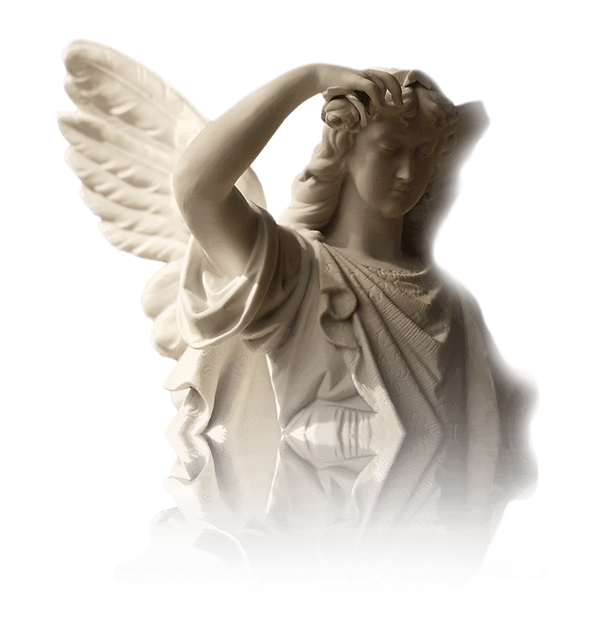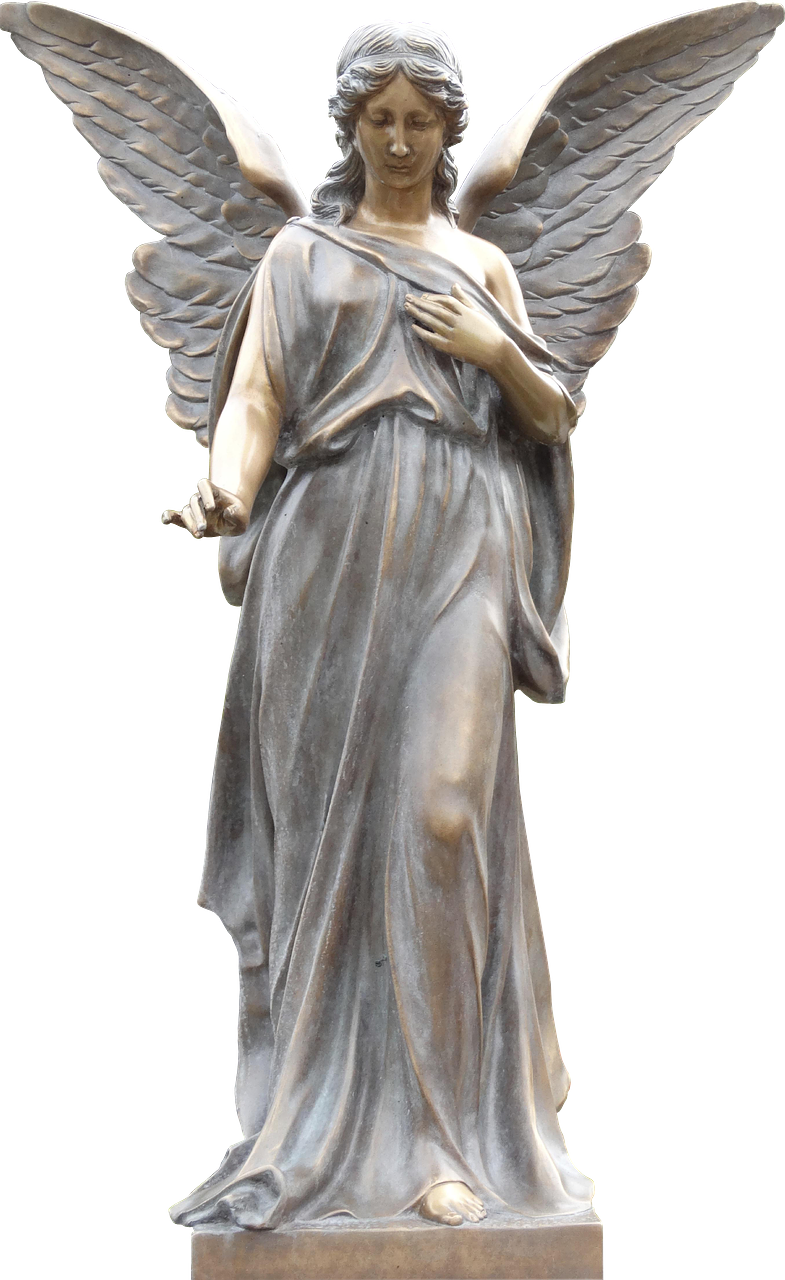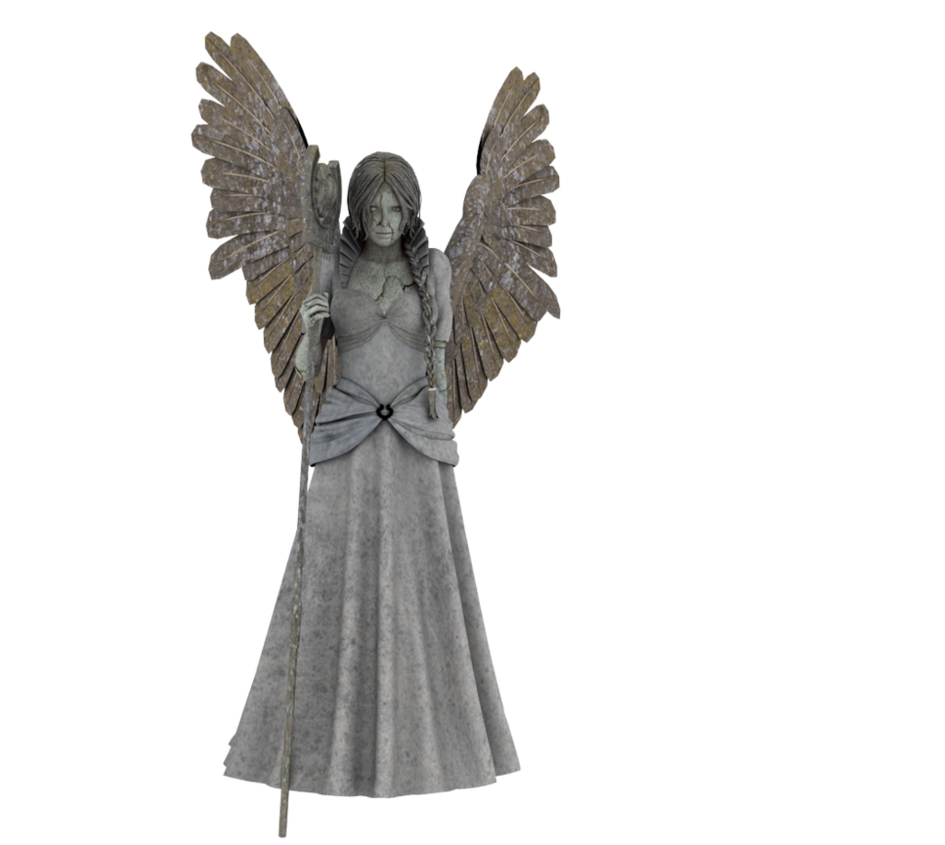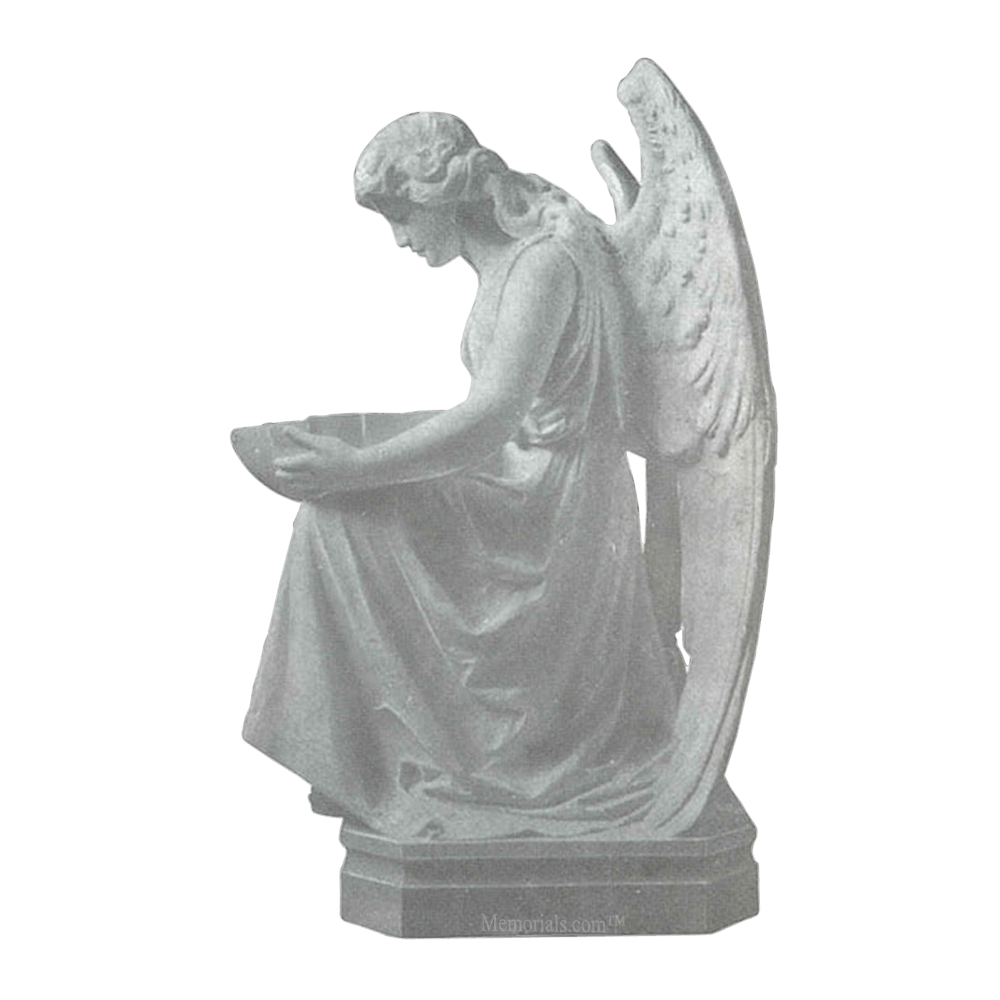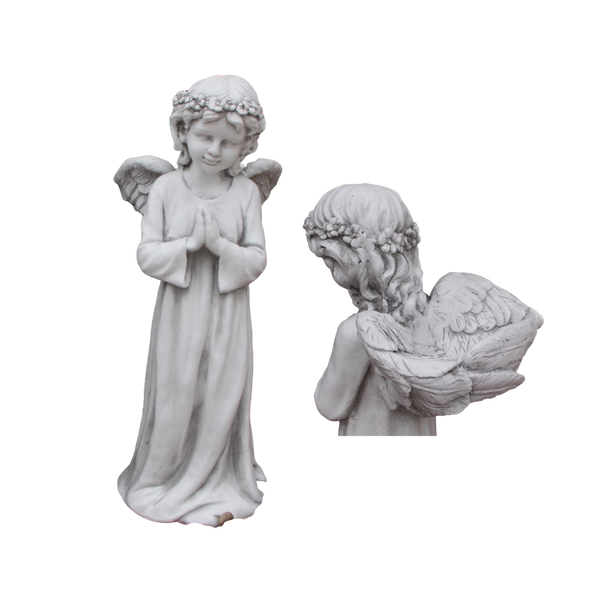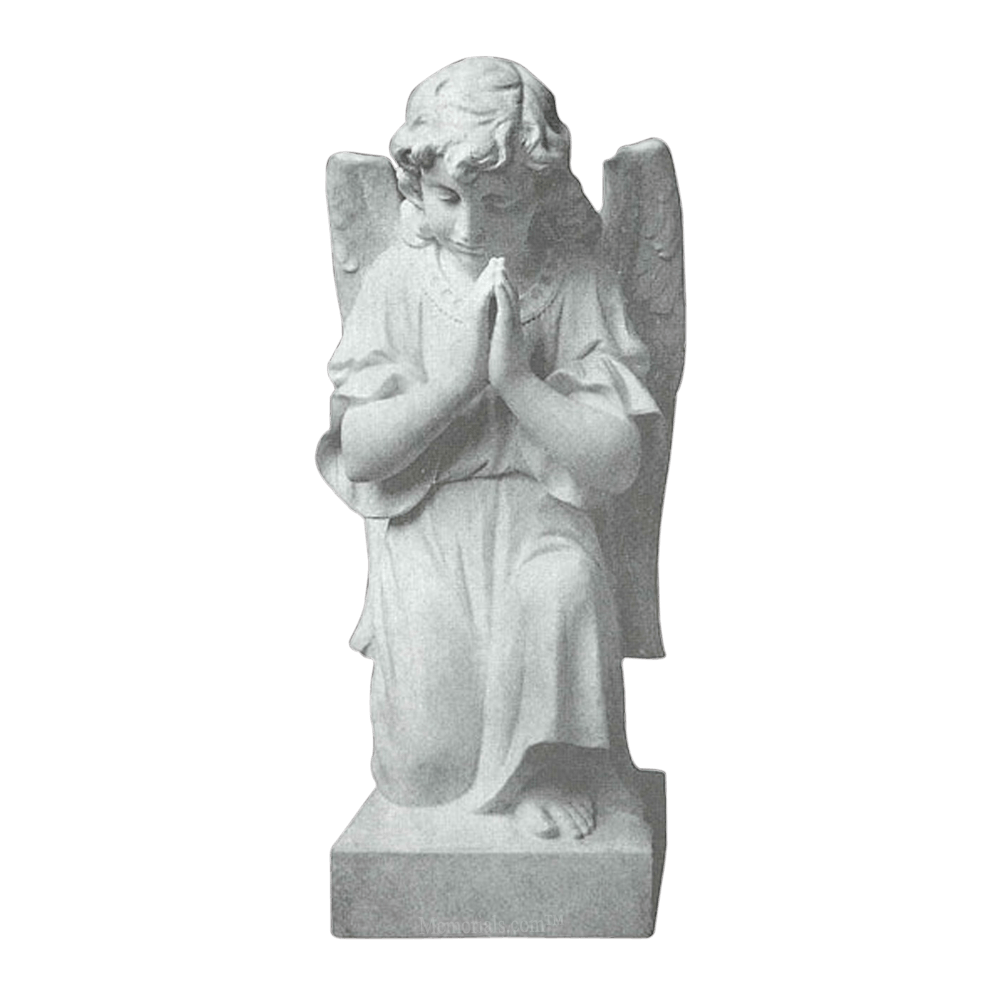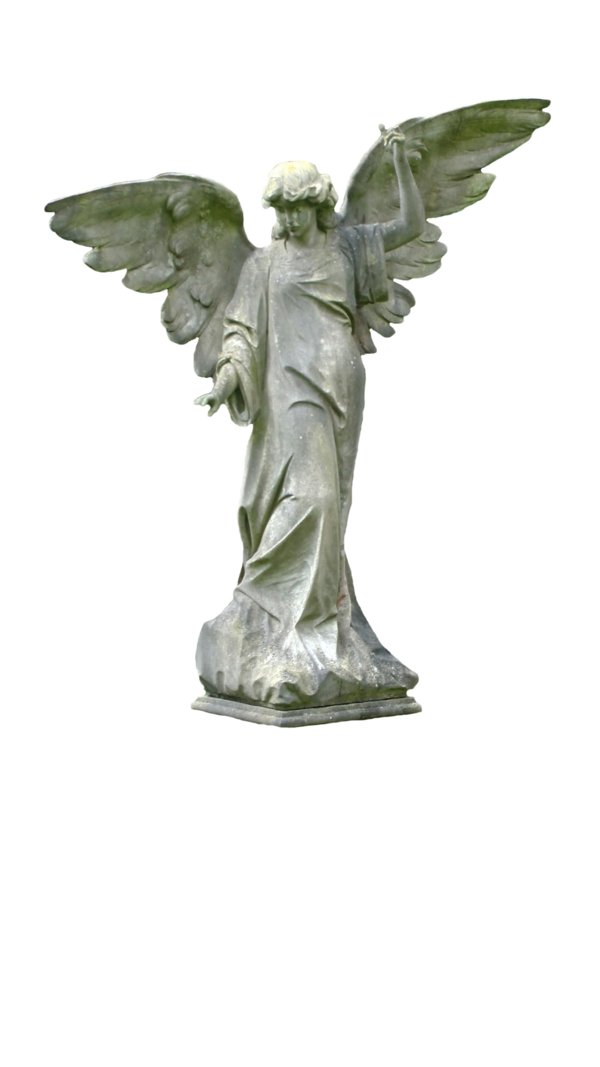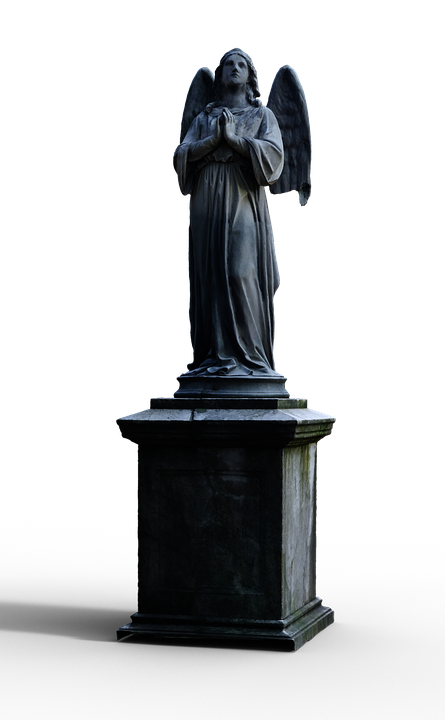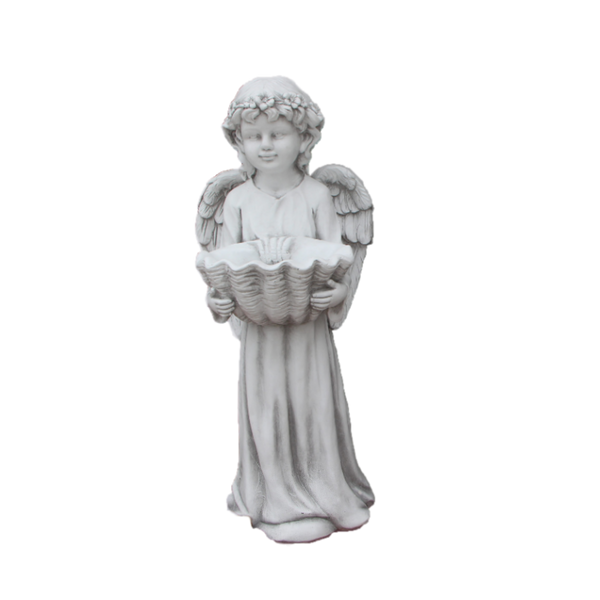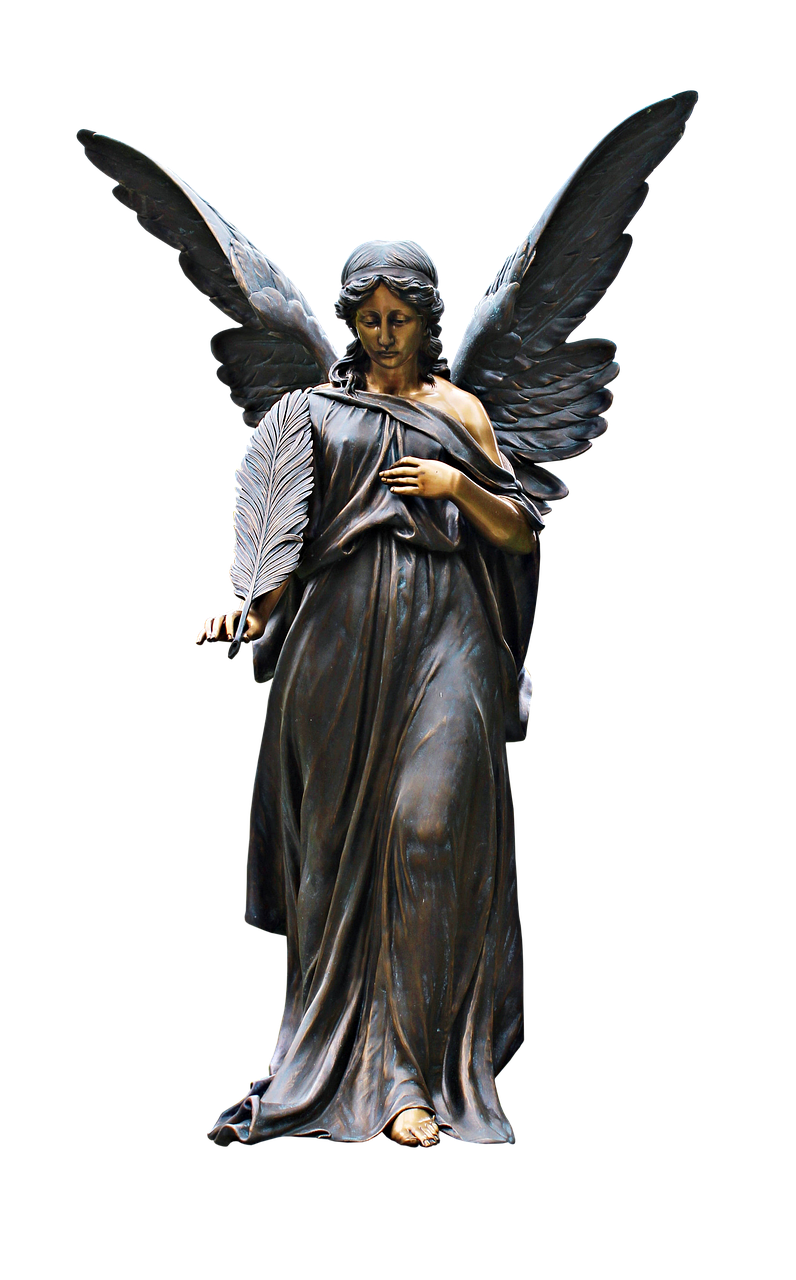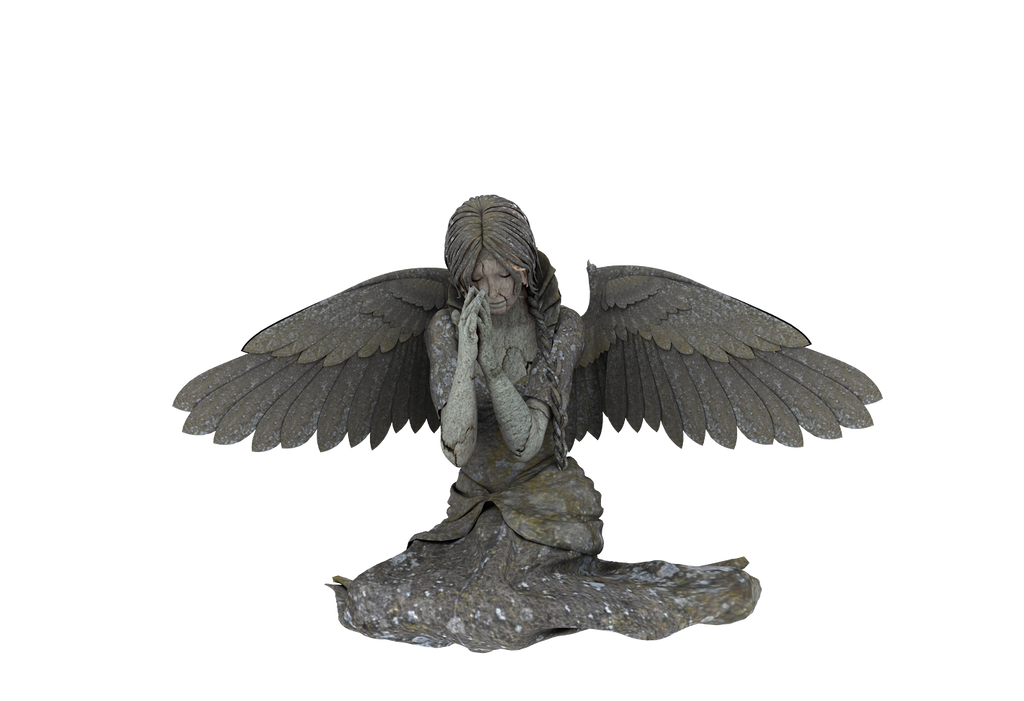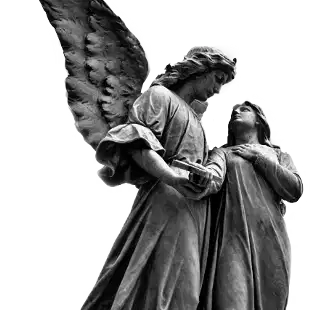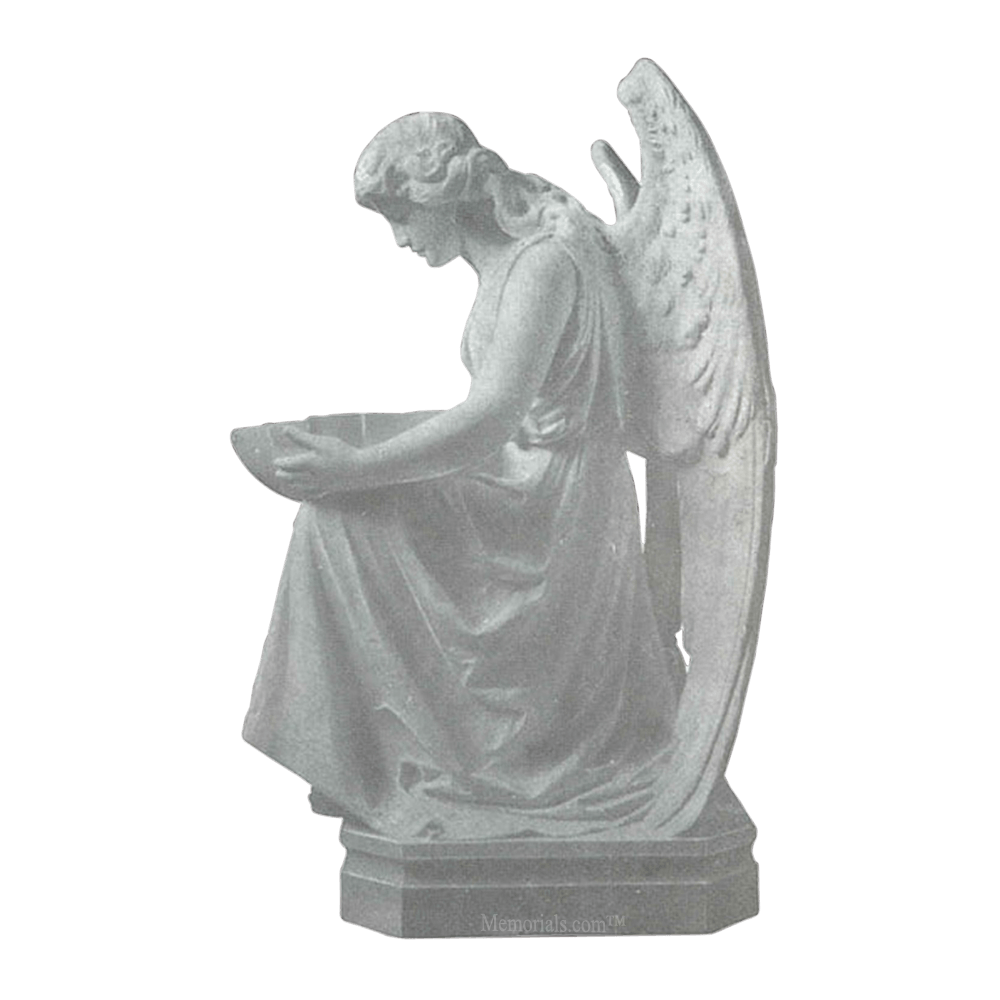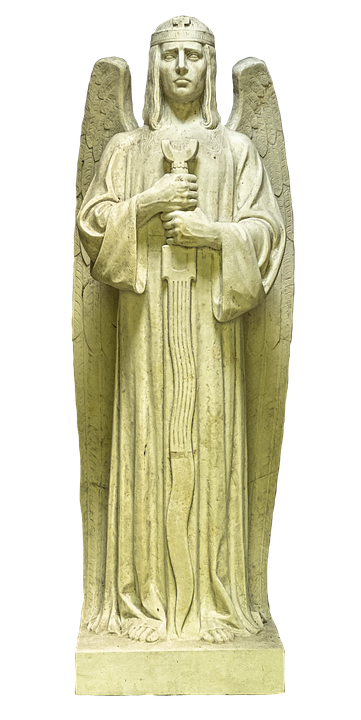Download top and best high-quality free Angel Monument PNG Transparent Images backgrounds available in various sizes. To view the full PNG size resolution click on any of the below image thumbnail.
License Info: Creative Commons 4.0 BY-NC
Angels stand for power, serenity, faith, protection, beauty, and the link between heaven and earth. After a loss, angels may provide families comfort in knowing that their loved ones are safe forever.
Angels have been known throughout history for their delicate, feathered wings and their spiritual connection to God. Although angels are seen differently in different religions, they are typically portrayed as spiritual protectors.
Each person’s interpretation of an angel monument can be different and personal, which can provide comfort to grieving families and friends.
A monument is a particular kind of building that was specifically designed to honor someone or something; it may also have acquired significance to a social group as a part of their memory of the past or cultural heritage due to its artistic, historical, political, technical, or architectural significance. Dolmens and menhirs, megalithic structures created for religious or burial purposes, were some of the first monuments. Statues, (war) memorials, old houses, old places, and cultural assets are a few examples of monuments. A monument might be included on the UNESCO World Heritage Site list, for instance, if there is a public interest in its preservation.
The word “monument” is thought to have its origins in the Greek and Latin words mnemosynon and moneo, monere, respectively, which mean “to remind,” “to advise,” and “to warn.” However, it is also thought that the word monument derives from the Albanian word “mani men,” which in that language means “remember,” suggesting that a monument enables us to see the past while aiding us in picturing what is to come in the future. The word “monumental” is frequently used in English to describe something of great size and force, such as monumental sculptures, as well as to refer to anything created to honor the deceased, such as a burial monument or other work of funerary art.
Since they have been built over thousands of years, monuments are frequently the most enduring and well-known representations of ancient civilizations. Many prehistoric societies across the world produced prehistoric tumuli, dolmens, and other buildings of this type, and the many types of monumental tombs of the more affluent and powerful members of a society are frequently the source of much of our knowledge and artwork from those cultures. Large, difficult-to-demolish structures like the Egyptian Pyramids, the Parthenon, the Great Wall of China, the Indian Taj Mahal, or the Moai of Easter Island have come to represent the larger-scaled communities that built them. More recently, renowned landmarks like the Statue of Liberty and the Eiffel Tower have come to represent contemporary nation-states. The concept of monumentality refers to a monument’s physical presence and metaphorical significance. Helmut Scharf, a German art historian, says that a monument “exists in the shape of an item and also as a symbol thereof” in this context. Monuments are mostly employed as tangible symbols in language, while they are occasionally also used figuratively. … On a larger sense, a monument can be employed in practically all known planes of existence as a linguistic sign for a unity of numerous monuments or just for one. … A monument’s significance to the prevailing or conventional awareness of a certain historical and social circumstance is always a determining factor.
In essence, the historical context conditions of today determine the defining framework of the term monument. It also touches on aspects of the Culture of Remembrance and cultural memory, as well as concerns regarding the public realm, longevity (of the one remembered), and the design and meaning of the monument (work-like monument). The contradiction between form and content creates a challenge for the monument’s “linguistic competence” from an art historical perspective. It is evident that language plays a significant role in monuments and is frequently expressed, at the very least through a plaque, in “non-objective” or “architectural monuments.” The discussion in this regard deals on the societal factors that influence Remembrance. These are the monument’s acceptability as an object, the messages it conveys, and the effects these messages have.
Monuments are commonly employed to enhance a city’s or place’s look. Built around monuments are planned cities like Washington, D.C., New Delhi, and Beijing. For instance, before it was created or built, L’Enfant had the idea for the Washington Monument’s placement to assist manage public space in the city. In older cities, monuments are occasionally modified to emphasize one or are erected in existing significant areas. The goal of monuments is frequently to impress or awe, as Shelley indicated in his renowned poem “Ozymandias” (“Look on my handiwork, ye Mighty, and despair!”).
Monuments can also be buildings built for other reasons that have become remarkable due to their age, size, or historical significance. This can arise because to age and magnitude, as in the instance of the Great Wall of China, or because a significant event occurred there, as in the case of the French hamlet of Oradour-sur-Glane. For the legal identification of protected constructions or archeological sites”which may have formerly been commonplace residential homes or other buildings”many nations use the phrase “ancient monument” or equivalent terminology.
Download Angel Monument PNG images transparent gallery
- Angel Monument PNG
Resolution: 512 × 512
Size: 5 KB
Image Format: .png
Download
- Angel Monument Transparent
Resolution: 640 × 388
Size: 368 KB
Image Format: .png
Download
- Angel Monument
Resolution: 495 × 340
Size: 173 KB
Image Format: .webp
Download
- Angel Monument Background PNG
Resolution: 1280 × 1111
Size: 1741 KB
Image Format: .png
Download
- Angel Monument No Background
Resolution: 600 × 640
Size: 476 KB
Image Format: .png
Download
- Angel Monument PNG Background
Resolution: 1000 × 945
Size: 199 KB
Image Format: .png
Download
- Angel Monument PNG Clipart
Resolution: 785 × 1280
Size: 989 KB
Image Format: .png
Download
- Angel Monument PNG Cutout
Resolution: 945 × 845
Size: 368 KB
Image Format: .png
Download
- Angel Monument PNG File
Resolution: 1000 × 1000
Size: 204 KB
Image Format: .png
Download
- Angel Monument PNG Free Image
Resolution: 600 × 600
Size: 201 KB
Image Format: .png
Download
- Angel Monument PNG HD Image
Resolution: 1000 × 1000
Size: 155 KB
Image Format: .png
Download
- Angel Monument PNG Image File
Resolution: 600 × 1067
Size: 258 KB
Image Format: .png
Download
- Angel Monument PNG Image HD
Resolution: 340 × 342
Size: 74 KB
Image Format: .png
Download
- Angel Monument PNG Image
Resolution: 445 × 720
Size: 183 KB
Image Format: .png
Download
- Angel Monument PNG Images HD
Resolution: 600 × 600
Size: 127 KB
Image Format: .png
Download
- Angel Monument PNG Images
Resolution: 796 × 1280
Size: 496 KB
Image Format: .webp
Download
- Angel Monument PNG Photo
Resolution: 1024 × 701
Size: 413 KB
Image Format: .png
Download
- Angel Monument PNG Photos
Resolution: 310 × 310
Size: 20 KB
Image Format: .webp
Download
- Angel Monument PNG Pic
Resolution: 1000 × 1000
Size: 204 KB
Image Format: .png
Download
- Angel Monument PNG Picture
Resolution: 361 × 720
Size: 311 KB
Image Format: .png
Download
